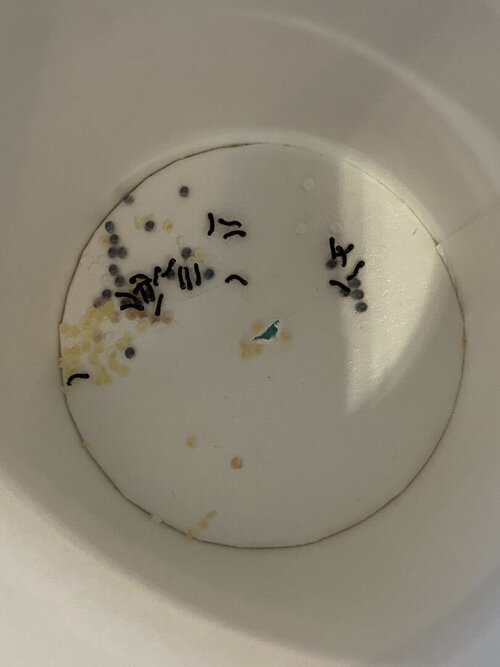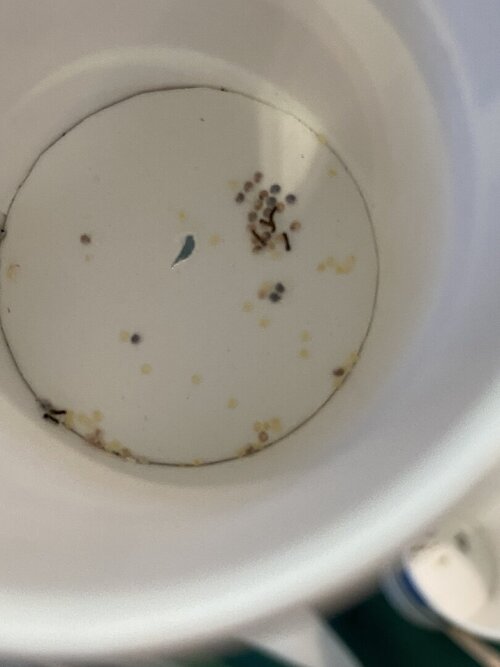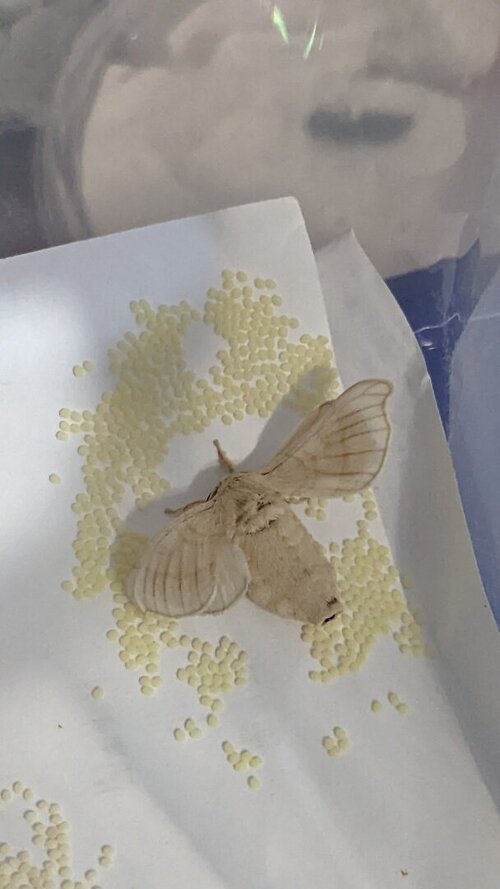MissSkittles
Chameleon Enthusiast
Well, quite a surprise this morning. As I was tending to my moths and their eggs, I found some newly hatched bebes! It’s crazy! I had the eggs put aside while waiting for them to darken enough for the fridge, so they were probably laid just a couple of days ago. Little over achievers! There’s only a few of them, but oddly it’s eggs from 2 different cups. I had to go thru all of the newly darkened eggs to make sure they don’t look like they’ll be hatching. I’m leaving one cup out as a test to see what happens.













